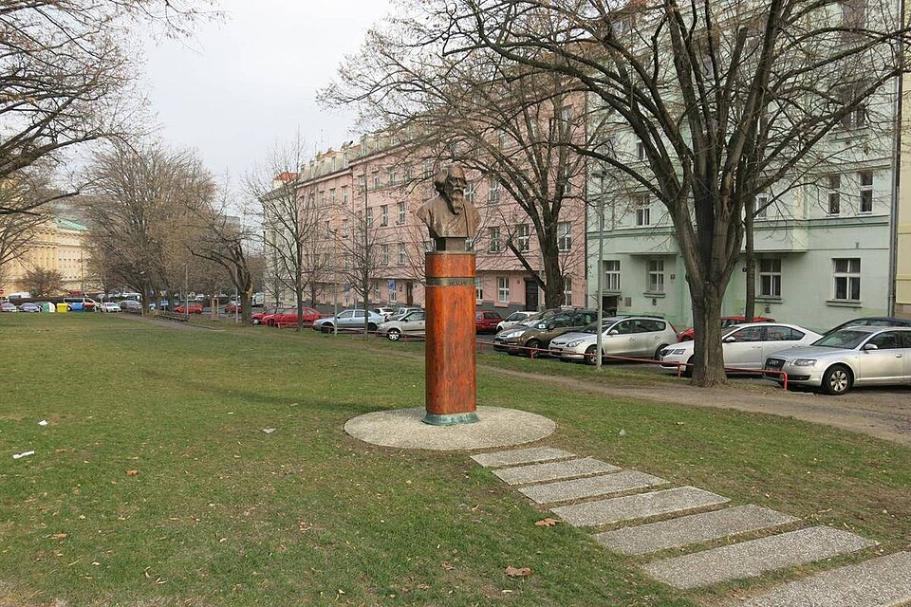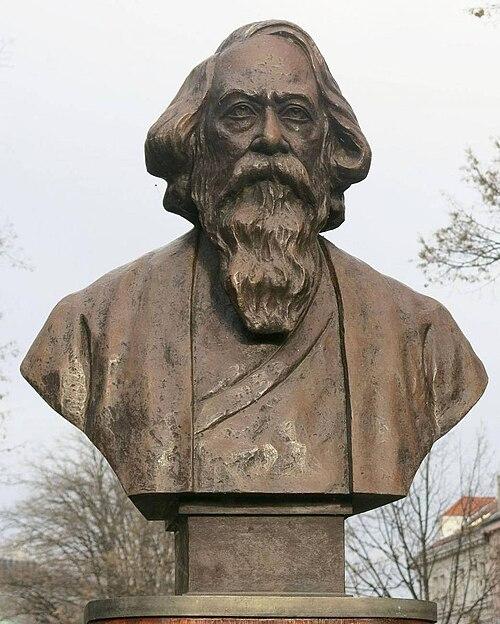
Timelines 10
Man and his Senses 10
Man and his Inventions 10
Geography 10
Fauna 10
Timelines 10
Man and his Senses 10
Man and his Inventions 10
Geography 10
Fauna 10

At first glance the images are modest: a bronze bust in a Prague park, the name of a street, Thákurova, carved into an address plate. Yet these small markers are the visible signs of a relationship that runs deeper: a century-long, people-led conversation between India and the Czech Republic lands. That conversation began with sentences and lectures, including Rabindranath Tagore’s public appearances in Prague in the 1920s, and continues today in classrooms, cultural festivals and experimental digital museums. The story is less about grand treaties than about how poets, scholars, students and expatriate communities shape how two societies imagine one another.
Tagore in Prague: music, translation and scholarly friendship
Rabindranath Tagore visited Czechoslovakia on two memorable occasions in the 1920s. His first short visit in 1921 and a later visit in the 1920s left an imprint on artists and scholars who were then forging a newly independent Czechoslovak cultural identity. Prague’s composers and intellectuals did not receive Tagore as an exotic curiosity; they treated him as a kind of fellow humanist whose language of optimism and humanism harmonized with their own national aspirations. Contemporary records note the visits and the public lectures Tagore gave, events that inspired, among others, the composer Leoš Janáček. Janáček recorded the peculiar intonation of Tagore’s recitation in a newspaper, and later set Tagore’s mood to music in choral works.
Those public encounters were not accidental; they were mediated by a small but influential circle of Czech Republic Indologists. Vincenc Lesný, commonly recognised as the father of Indian studies in Prague, cultivated close ties with Tagore and helped organise the poet’s visits. Photographic and archival records show Tagore accompanied by scholars such as Moriz Winternitz and Lesný himself during his Prague visits, and archival images preserve a view of Tagore’s 1926 visit with these scholars at his side.
What mattered then, as much as what matters now, was exchange: lectures and translations, concerts and staged plays. Tagore’s plays were performed in Prague theatres during the late 1920s; Janáček and others converted those theatrical experiences into compositions. The Czech Republic encounter with Tagore was, in short, a two-way contact: a Czech Republic philological tradition (Sanskrit chairs, translations and university courses) met Tagore’s modern humanism and returned it as new art and scholarship.
The living bridge: India’s people in Czech life
Today’s Indian presence in Czechia is both modest and conspicuous: a diaspora measured in thousands, active in medicine, engineering, IT, business and the arts, yet highly visible at cultural events and festivals. Public estimates suggest roughly nine thousand Indian nationals residing in the Czech Republic, and a steady flow of students, about 1,500 in technical and medical courses, who together sustain community festivals, film screenings and educational programmes that keep India in the civic view of Czech towns and cities.
These everyday gestures, such as a Bharat Week, a street festival called Experience India, classical concerts and cycles of film screenings, do more than celebrate cuisine or song. They function as living diplomacy: they keep an image of India current, make intergenerational ties possible, and convert the ordinary into a long-term cultural presence (festivals, donated busts, symphony tributes to Tagore, and student exchange schemes are all evidence of that continuum). Official event calendars and public outreach highlight how grassroots celebration and formal diplomacy meet in practice.

Diaspora diplomacy, scholarships and the student corridor
If culture is the soil of people-to-people ties, policy provides the irrigation. India’s diaspora engagement is not accidental; it is a deliberate component of its soft-power strategy. Official materials list practical instruments that sustain those ties: ICCR scholarship programmes, the Global Pravasi Rishta portal, expedited “Student Program” arrangements with Czech Republic universities and a series of cultural-educational partnerships, all aimed at channelling students and professionals in both directions. These initiatives anchor living connections: scholarships bring foreign students to India; visa facilitation and Project Student fast-tracks strengthen Czech Republic–India academic mobility.
Beyond official programmes, policy analysts and practitioners describe diaspora diplomacy in terms that matter for this story: cultural advocacy (Pravasi Bharatiya Diwas, Know India Programmes), economic linkages (remittances and investments) and the creation of transnational networks that help shape perceptions of India abroad. In short, public programmes plus community activity equals a resilient people-to-people bridge.
From lecture halls to holograms: AI, digital museums and new ways of remembering
The century that began with Tagore’s walking into Prague ballrooms now opens onto technologies that let a schoolchild in a small Czech Republic town meet a holographic avatar of a historical Indian figure. Indian cultural-tech ventures and museum projects are using AI, AR and VR to create immersive heritage experiences: everything from AI-driven avatars in the Pradhanmantri Sangrahalaya to large-scale “Digital Ramayana” exhibits that conjure epic landscapes and narrators for new audiences. These projects show a renewed ambition: to make cultural memory portable, multi-sensory, and accessible across borders.
Digital museums do not replace human exchange; they multiply the possibilities of contact. When a Czech Republic youth explores Ajanta and Ellora through a headset or listens to an AI-rendered Rabindra Sangeet performance, that virtual encounter can be an introduction that leads to travel, study or a cultural friendship. Official cultural programming, including concerts, film weeks and Tagore-themed events, complements such technological outreach: together they form a blended ecology of in-person and digital ties.
Sources:
https://tinyurl.com/25lmtucw
https://tinyurl.com/22zzcnvf
https://tinyurl.com/2dccwkty
https://tinyurl.com/2bx9j8hn
https://tinyurl.com/236ybeg4
https://tinyurl.com/25kac82u
https://tinyurl.com/282zmyqa
https://tinyurl.com/23vgan6u
https://tinyurl.com/24ulbgs9
https://tinyurl.com/23qe7xv6
https://tinyurl.com/2ynh2pb8